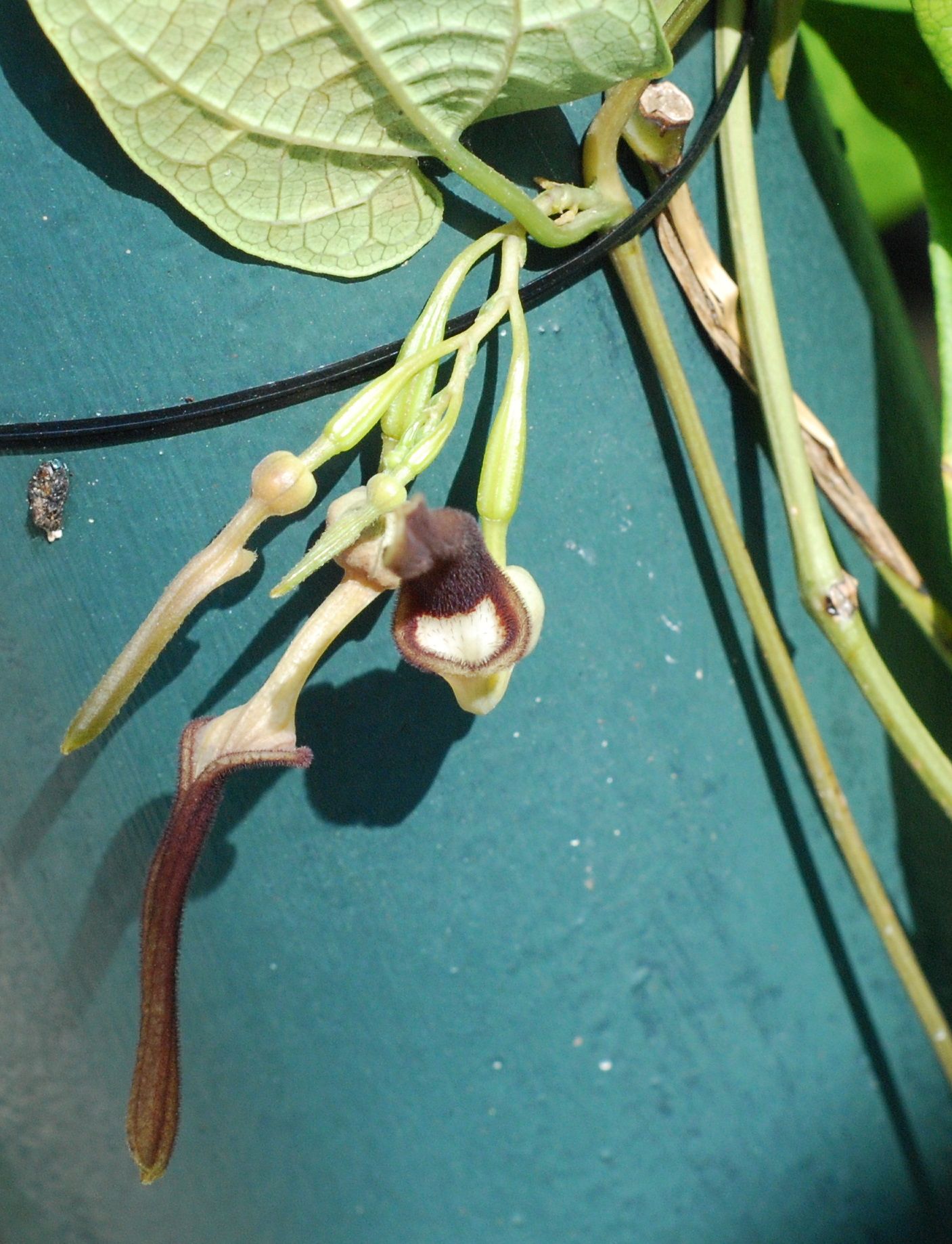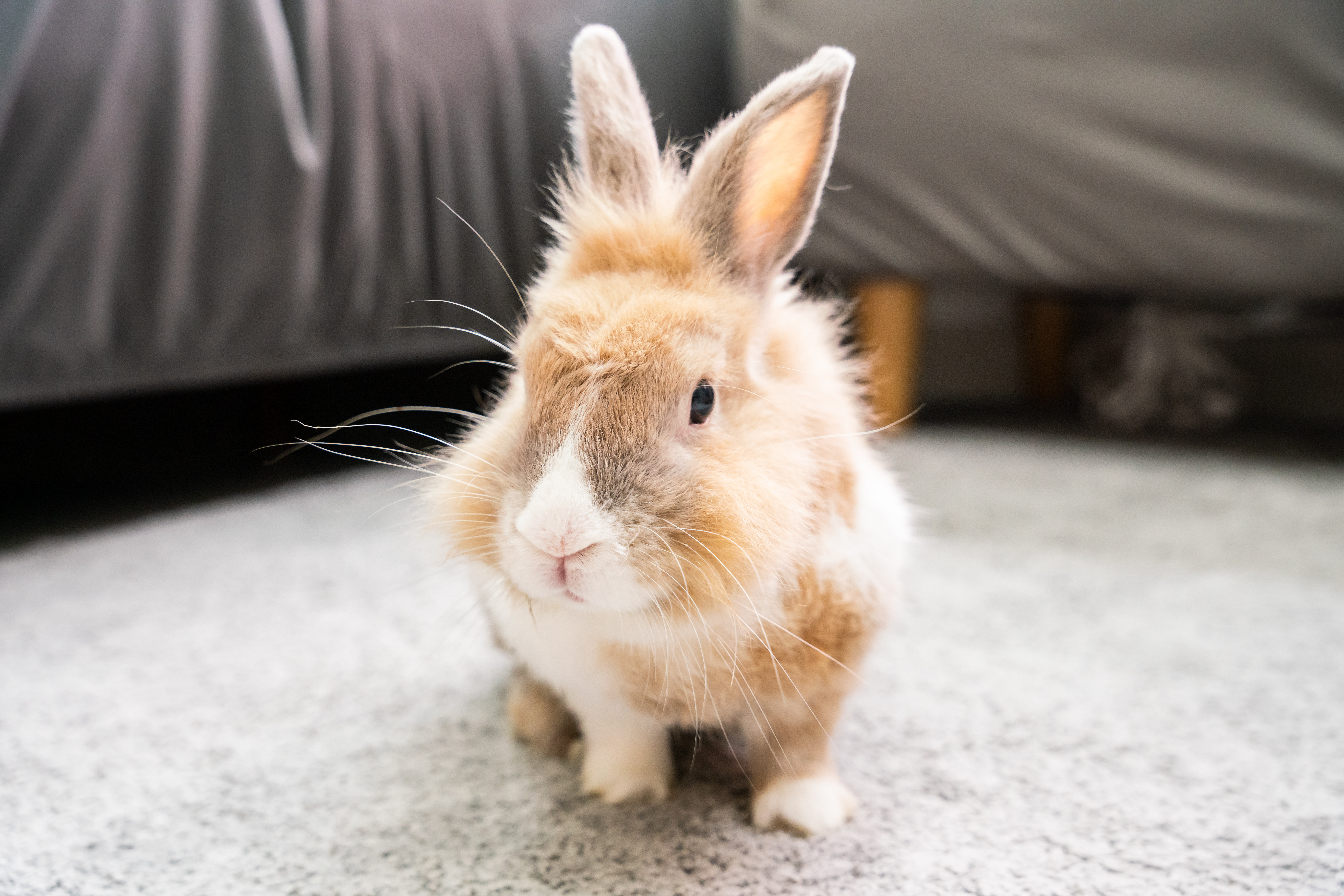Regrow! The Process of Vegetative Propagation III – Herbs
In our third and final part of the series on regrowing your own edible plants vegetatively from market produce, we are going to show you some herbs that you can get locally! Herbs, like spices, are often used in dishes to add flavour to food; they may also be used to garnish dishes or provide relief for ailments.
Find out below how you can grow some of these herbs, all from cuttings!
Mints (Mentha spp. and cv.)
.ashx)
Probably the most well-known type of herb, mints are plants that belong to the genus Mentha. Many mint species, cultivars and hybrids have been grown for consumption and other homeopathic uses. Mints contain aromatic oils in their leaves and give off a refreshing scent and taste.
Depending on the species, cultivars, and hybrids, the growing conditions differ slightly, but mint plants generally do best under partial shade, with very well-draining (i.e. water drains out easily and does not accumulate) fertile soils.
Mint cuttings are often sold in markets and supermarkets for cooking, but they can also be used for propagation.
Here’s what to do:
-
Select a packet or bundle with fresh-looking leaves. They should look healthy, turgid, and green.
-
Make cuttings of about 10 cm.
-
Remove the leaves from the bottom two-thirds of the stalk.
-
Fill a clear plastic cup or container of suitable size with clean water up to one-third of the height of the cup/container.
-
Wrap the top of the cup/container with aluminium foil.
-
Use a toothpick to poke small holes on the aluminium foil, spacing them out.
-
Carefully insert the cuttings into the holes, ensuring that only the bottom third to half of the cuttings are in contact with water.
-
Leave the set-up in a cool, well-ventilated, and partially shaded area.
-
Change the water regularly (about 2 – 3 days) to ensure that water does not foul up.
Alternatively, mint cuttings can be rooted by dabbing the bottom-facing cut ends with rooting powder and sticking them directly into well-draining soil.
Basils (Ocimum spp. & cv.)
Fresh and dried leaves of basil are often used in cooking for their flavour and fragrance. Basil seeds are also used in desserts – they are soaked in water until they expand and are covered with a layer of jelly.
Basil plants are well-suited for the warm and sunny weather we get in Singapore for most parts of the year.
Here’s what to do:
-
Select a packet or bundle with fresh-looking leaves. They should look healthy, turgid, and green.
-
Select stems that are semi-woody (not too green and tender, or too old and woody).
-
Make cuttings of about 10 cm.
-
Remove the leaves from the bottom two-thirds of the stalk.
-
Fill a clear plastic cup or container of suitable size with clean water up to one-third of the height of the cup/container.
-
Wrap the top of the cup/container with aluminium foil.
-
Use a toothpick to poke small holes on the aluminium foil, spacing them out.
-
Carefully insert the cuttings into the holes, ensuring that only the bottom third to half of the cuttings are in contact with water.
-
Leave the set-up in a cool, well-ventilated, and partially shaded area.
-
Change the water regularly (about 2 – 3 days) to ensure that water does not foul up.
Rosemary (Salvia rosmarinus)
/rosmarinus-officinalis---overall---far-east-flora-thomson.ashx)
A favourite amongst many gardeners here for its aromatic scent, and whole sprigs of it are commonly used to add flavour or season dishes like chicken, lamb, or beef.
Rosemary is native to the Mediterranean region which is cooler and drier than Singapore. It is, however, possible to grow rosemary here, but the growing media and conditions need to be adjusted. The growing media should be very well-draining and allowed to dry in between waterings.
Here’s what to do:
-
Select a packet or bundle with fresh-looking leaves. They should look healthy, turgid, and green.
-
Select stems that are semi-woody (not too green and tender, or too old and woody).
-
Make cuttings of about 10 cm.
-
Remove the leaves from the bottom two-thirds of the stalk.
-
Fill a clear plastic cup or container of suitable size with clean water up to one-third of the height of the cup/container.
-
Wrap the top of the cup/container with aluminium foil.
-
Use a toothpick to poke small holes on the aluminium foil, spacing them out.
-
Carefully insert the cuttings into the holes, ensuring that only the bottom 5 mm of the cuttings are in contact with water.
-
Leave the set-up in a cool, well-ventilated, and partially shaded area.
-
Change the water regularly (about 2 – 3 days) to ensure that water does not foul up.
Alternatively, rosemary cuttings can be rooted in very well-draining soil by dabbing the bottom-facing cut ends first with rooting powder before sticking them into the soil. You can also use a clear plastic cup to cover each cutting to ensure that it does not lose too much moisture while rooting.
Oregano (Origanum vulgare)
Oregano is a sprawling woody shrub whose stems and leaves are popularly used in Italian cuisine to enhance dishes with their aromatic scent and unique flavour. It is best grown with lots of sunlight and with very well-draining soils.
Here’s what to do:
-
Select a packet or bundle with fresh-looking leaves. They should look healthy, turgid, and green.
-
Select stems that are semi-woody (not too green and tender, or too old and woody).
-
Make cuttings of about 10 cm.
-
Remove the leaves from the bottom two-thirds of the stalk.
-
Fill a clear plastic cup or container of suitable size with clean water up to one-third of the height of the cup/container.
-
Wrap the top of the cup/container with aluminium foil.
-
Use a toothpick to poke small holes on the aluminium foil, spacing them out.
-
Carefully insert the cuttings into the holes, ensuring that only the bottom 5 mm of the cuttings are in contact with water.
-
Leave the set-up in a cool, well-ventilated, and partially shaded area.
-
Change the water regularly (about 2 – 3 days) to ensure that water does not foul up.
Thyme (Thymus vulgaris)
Thyme is a creeping perennial herb that has small aromatic leaves. The leaves are used to flavour dishes with eggs, beans, tomatoes, and meat; essential oils are also extracted from them for medicinal uses.
Here’s what to do:
-
Select a packet or bundle with fresh-looking leaves. They should look healthy, turgid, and green.
-
Select stems that are semi-woody (not too green and tender, or too old and woody).
-
Make cuttings of about 10 cm.
-
Remove the leaves from the bottom two-thirds of the stalk.
-
Fill a clear plastic cup or container of suitable size with clean water up to one-third of the height of the cup/container.
-
Wrap the top of the cup/container with aluminium foil.
-
Use a toothpick to poke small holes on the aluminium foil, spacing them out.
-
Carefully insert the cuttings into the holes, ensuring that only the bottom 5 mm of the cuttings are in contact with water.
-
Leave the set-up in a cool, well-ventilated, and partially shaded area.
-
Change the water regularly (about 2 – 3 days) to ensure that water does not foul up.
Alternatively, thyme cuttings can be rooted in very well-draining soil by dabbing the bottom-facing cut ends first with rooting powder before sticking them into the soil. You can also use a clear plastic cup to cover each cutting to ensure that it does not lose too much moisture while rooting.
Missed the other two articles in our Regrow series? Check out:
Regrow! The Process of Vegetative Propagation to learn which vegetables scraps or extra tubers from your market purchase you can keep to use for growing them again and Regrow! The Process of Vegetative Propagation II for spices and garnishes you can get locally to save for vegetative propagation.
Be sure to also catch the video demonstrations by Dr Wilson Wong on the NParksSG YouTube channel, where he demonstrates alternative methods in propagating these herbs:
Gardeners’ Day Out Is Back!
Participate from the comfort of your home with online activities such as talks and demonstrations, video tutorials of activities and promotions offered. Free guided tours will also be offered on site (with safe management measures). Enjoy Gardeners’ Day Out online at www.nparks.gov.sg/GDO.
You can also enjoy our Gardening With Edibles Masterclass Series from your home. They are conducted by NParks horticulturists, focusing on unique and challenging edibles across different plant families.
CIB Awards 2021
The Community in Bloom (CIB) Awards recognises excellence in gardening efforts by community groups and aims to encourage community gardeners to improve the standards of their gardens while continuing to enjoy gardening as a fun and healthy activity.
This year, the CIB Award focuses on community gardens in schools and organisations, as well as a new category of indoor gardens. Click here for more information.
Gardening with Edibles
The City in Nature vision seeks to bring greenery closer to all residents. The community plays a key role in the ownership and stewardship for nature which will benefit our health and well-being.
NParks is partnering residents to make Singapore our City in Nature and spark a love for community gardening through the Gardening with Edibles initiative launched in June 2020. Under this programme, some 400,000 free seed packets have been distributed to interested members of the public. Relevant resources are also available online, to guide gardeners along the way.
Also, NParks is expanding the allotment gardening scheme and the Community in Bloom programme, to welcome even more residents into the gardening family.
The Gardening with Edibles initiative is aligned with Singapore’s national strategy to strengthen our food resilience. The “30 by 30” goal, led by the Singapore Food Agency, aims to produce 30% of Singapore’s nutritional needs locally by the year 2030. The programme is jointly funded by founding partners DBS Bank and Tote Board through the Garden City Fund.
Learning More
If you are a gardening newbie, visit NParksSG, our refreshed YouTube Channel that serves as a one-stop repository for close to 300 video resources. It covers topics ranging from types of soil needed for your garden and how to plant, harvest and even cook your edibles.
For more information about the flora and fauna found in Singapore, please visit Flora and Fauna Web.
If you like what you read, follow us on Facebook, Instagram and Telegram to get the latest updates.
Text by Ang Wee Foong
Photos by Vicky Lim


/ocimum-basilicum---flowers---kim-hai-nursery--(1).ashx)
/origanum-vulgare---overall---hp-herbs-gdn.ashx)
/thyme.ashx)
_jeanne-tan.ashx)


Have views or comments on this article? Let us know via this form. If you would like to give us feedback on any other areas relating to our parks and gardens, please submit via https://www.nparks.gov.sg/feedback